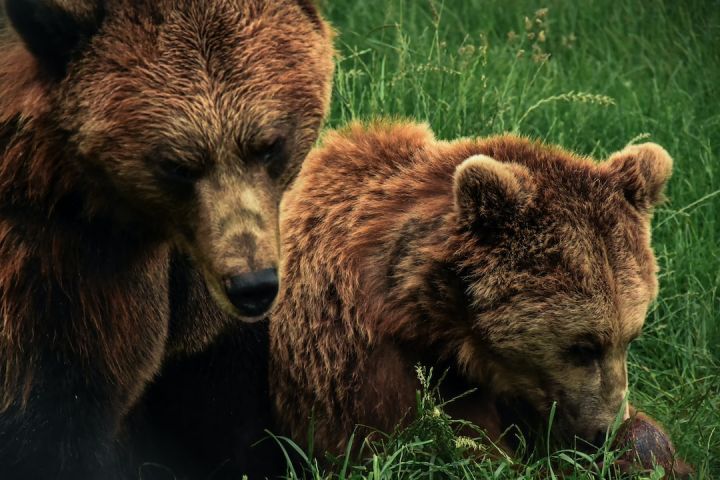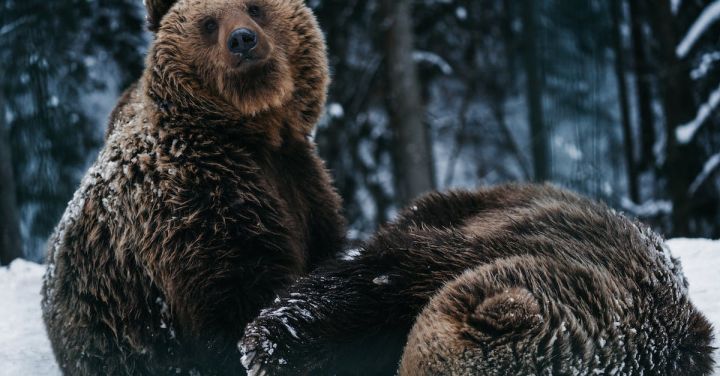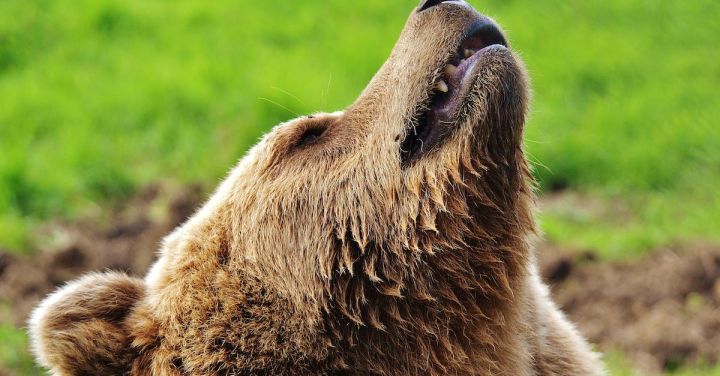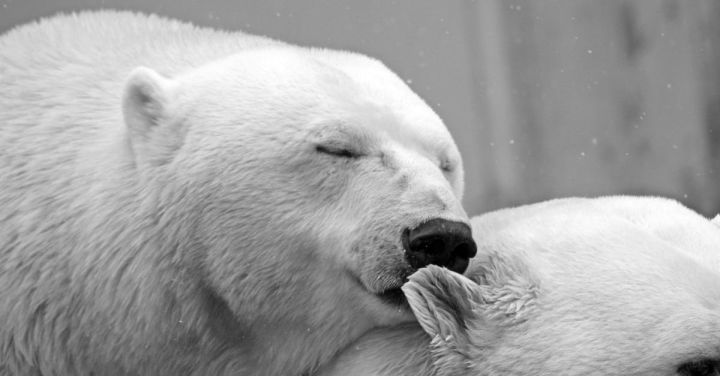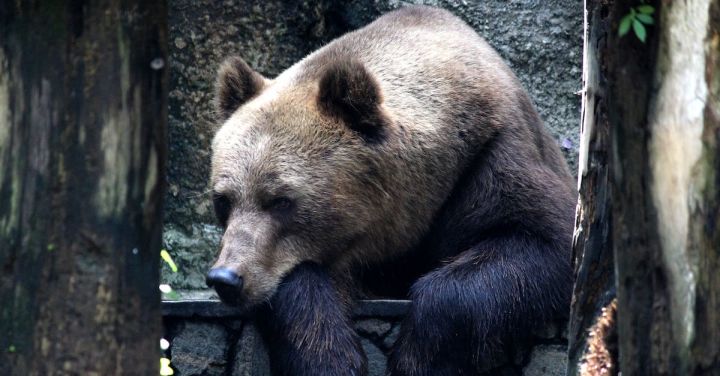How Do Landscapes Influence Bear Prevention?
Bears are magnificent creatures that inhabit various landscapes around the world. However, encounters between humans and bears can sometimes lead to dangerous situations. Understanding how landscapes influence bear prevention can help us mitigate these conflicts and promote coexistence. In this article, we will explore the different ways in which landscapes can influence bear behavior and how we can use this knowledge to prevent bear encounters.
Habitat Suitability
The suitability of a habitat for bears plays a crucial role in their behavior and movement patterns. Bears are highly adaptable animals and can thrive in a range of environments, from dense forests to open grasslands. However, certain landscapes provide more attractive conditions for bears, increasing the likelihood of human-bear interactions. For example, areas with abundant food sources like berry patches or garbage dumps are more likely to attract bears into human settlements. By understanding the specific habitat requirements of bears, we can implement preventive measures in these high-risk areas to reduce the risk of encounters.
Land Use Planning
Land use planning is a critical aspect of bear prevention. Human activities, such as urban development or agriculture, can modify landscapes and disrupt natural bear habitats. Fragmentation of habitat can lead to increased bear movement and potentially bring them into contact with humans. By incorporating bear conservation into land use planning, we can ensure that human activities are carried out in a way that minimizes the impact on bear populations. This can include implementing buffer zones, creating wildlife corridors, and restricting development in critical bear habitats.
Vegetation Composition
The composition of vegetation within a landscape can influence bear behavior and movement. Bears require a diverse range of plant species for food and cover. Certain plant species, such as fruit-bearing trees or shrubs, can attract bears into specific areas. By managing vegetation composition, we can influence bear movement patterns and reduce the likelihood of conflicts. For example, planting non-attractive species near human settlements can discourage bears from venturing too close.
Water Sources
Water is an essential resource for both humans and bears, and its availability can influence bear behavior. Bears are often drawn to water sources, such as rivers, lakes, or streams, for drinking or fishing. By strategically managing water sources in bear-prone areas, we can influence bear movement patterns and reduce the risk of encounters with humans. This can include providing alternative water sources away from human settlements or implementing fencing around water bodies to deter bears from approaching.
Waste Management
Improper waste management is one of the leading causes of human-bear conflicts. Bears have a remarkable sense of smell and can be attracted to human settlements by the scent of food waste. Proper waste management practices, such as secure garbage containers or bear-resistant dumpsters, can significantly reduce the likelihood of bears scavenging for food in human-populated areas. By implementing effective waste management strategies, we can minimize the attraction of bears and prevent potential conflicts.
Conclusion: Promoting Coexistence
In conclusion, understanding how landscapes influence bear prevention is crucial for promoting coexistence between humans and bears. By considering factors such as habitat suitability, land use planning, vegetation composition, water sources, and waste management, we can implement effective preventive measures to reduce the risk of human-bear encounters. Through responsible management of our landscapes, we can create a safer environment for both bears and humans, ensuring the long-term survival of these magnificent creatures.

